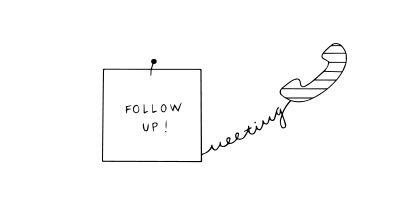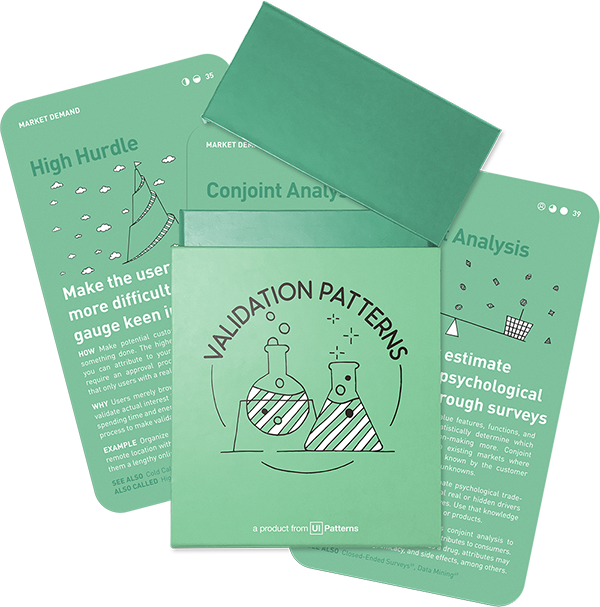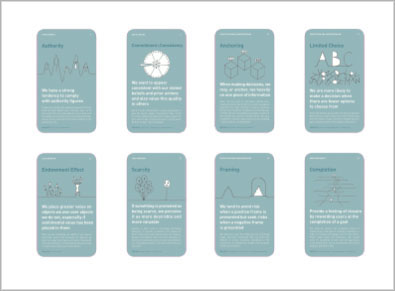
How: Ending an experiment with getting users to participate in a follow up meeting, tests whether they are willing to spend one of their most precious resources, time, to learn more.
Why: Getting users to agree to talk to you again in person adds to the evidence strength, but also helps to build a potentially loyal customer.
A follow-up meeting is a method used in product discovery to gather more evidence and feedback about a product. It essentially involves inviting users to a subsequent meeting after an initial interaction, such as a product testing or customer interview. The willingness of users to commit their time to further discussions about the product can reflect their interest and potential loyalty.
The follow-up meeting is a crucial step in product discovery because it allows for deeper insights into user behavior, expectations, and preferences. It is not just about gathering more data; it’s about building a relationship with the user, understanding their needs, and potentially converting them into a loyal customer.
Follow-up meetings can be paired with other methods like customer interviews, usability testing, or surveys. For instance, after conducting a customer interview, a follow-up meeting can be scheduled to discuss the feedback in detail and clarify any ambiguities. Similarly, after a usability test, a follow-up meeting can be used to understand the user’s experience and gather more qualitative data.
Building an advisory board
When having troubles closing a particular hard sale, a non-disclosed enterprise B2B company consistently chose to offer customers a follow-up call to let potential customers become part of their Customer Discovery Program and in turn influence their product strategy. This helped turn skeptical customers into loyal ambassadors.
Measuring success
If more participants agree to follow-up with another meeting, that could be a sign that the problem you are investigating or the product your are developing is of interest. Your measures are acceptance rates and attendance rates. The acceptance rate refers to the proportion of users who agree to participate in the follow-up meeting, while the attendance rate refers to the proportion of those who actually attend.
A high acceptance rate indicates that users are interested in the product and are willing to invest their time in further discussions. On the other hand, a high attendance rate reflects the users’ commitment and potential loyalty. Both these metrics should be interpreted in conjunction with the qualitative feedback obtained during the meeting to understand the overall effectiveness of this method.
A collection of 60 product experiments that will validate your idea in a matter of days, not months. They are regularly used by product builders at companies like Google, Facebook, Dropbox, and Amazon.
Get your deck!Related plays
- How to Conduct User Interviews by Rikke Friis Dam and Teo Siang at Interaction Design Foundation

